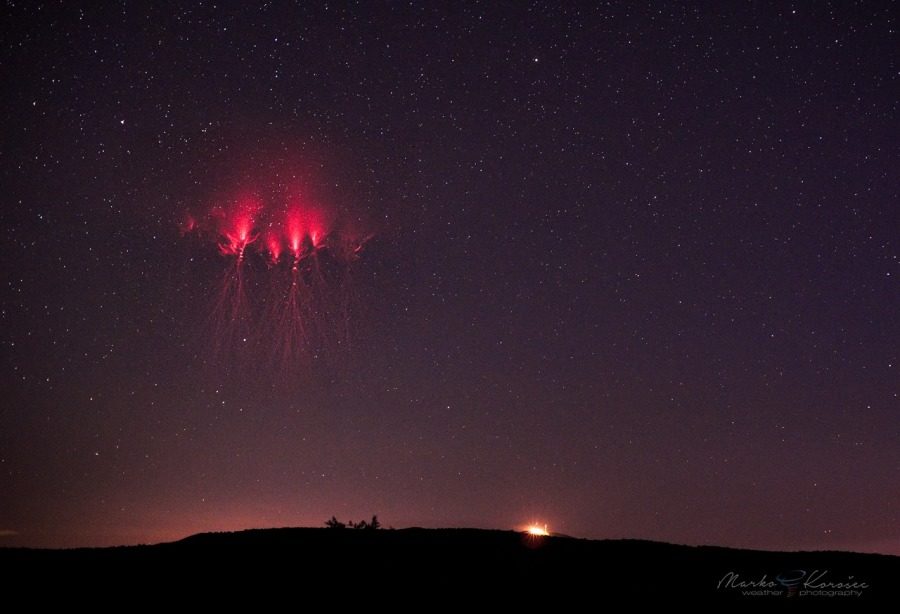
Thunderstorms are electrically charged weather systems, and we are quite used to typical electrical discharges from storms - lightning. Lightning that we are most familiar with goes from the cloud to the ground, called cloud-to-ground lightning. However, thunderstorms discharge also upwards, above the storm. This is not typical lightning, but phenomena sometimes called upper atmosphere lightning and more appropriately transient luminous events.
There is an entire zoo of transient luminous events caused by electrical discharges from thunderstorms. Of these, red sprites are by far the most common. Red sprites happen when the parent thunderstorm unleashes a strong positive lightning bolt. Positive lightning is very powerful, typically 2x to 10x more powerful than typical negative lightning. It is also rare, with less than 5% of all lightning bolts being positive.
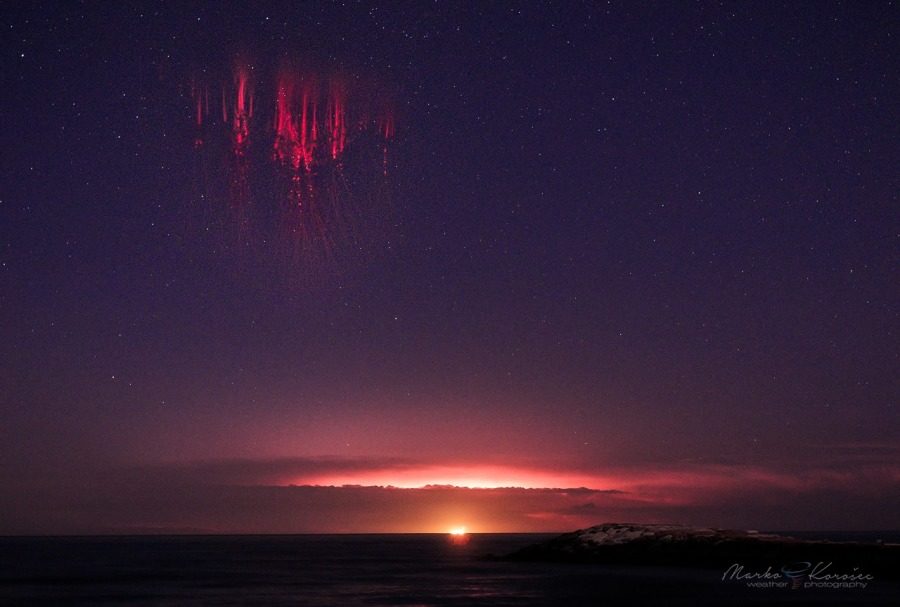
Indeed, while the first recorded sighting of a transient luminous was as far back as in 1730, and there were numerous reports of these events in the 20th century, they were only confirmed in 1989. Since then the proliferation of digital cameras and widespread professional and enthusiast interest in transient luminous events have resulted in numerous and quite routine detection of these events.
First, there have been many thunderstorms across central Europe in the past several weeks - the Alpine region, central Europe, northern Mediterranean and the Balkans are seeing thunderstorms every day. Second, there is a number of observers with dedicated low light cameras for detection of transient luminous phenomena, not only storm-related, but also meteors. Indeed, there is a number of meteor camera networks in Europe, which in addition to meteors pick up also sprites. Also, weather photographers, using DSLRs and MILCs, are detecting and photographing sprites - these cameras and lenses have come a long way in the past 10-15 years and are now more than capable of recording sprites. Combine this with numerous thunderstorms and it is no wonder we are seeing so many recorded red sprites.
Can I see sprites?
It is a challenge, but you can give it a try. From our personal experiences we can say that sprites definitely can be seen with the naked eye! You will need a dark sky to have a good chance of seeing them. The Milky Way should be readily visible and there should be as little as possible light pollution near the horizon. You will need thunderstorms within about 400 km, the closer the better, but not as close as to obscure your view.
If thunderstorms are distant, more than about 150-200 km away, you probably will not see lightning flashes themselves - only sprites that pop above the horizon. With storms some 200-400 km away, sprites will reach 10 - 20° high. With closer storms they will reach higher, but you may have trouble seeing sprites due to bright lightning flashes illuminating the skies. In any case - good luck!
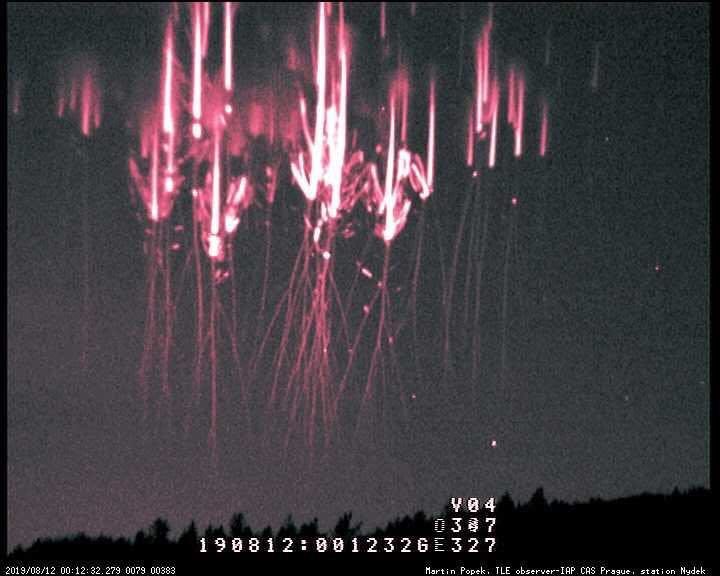
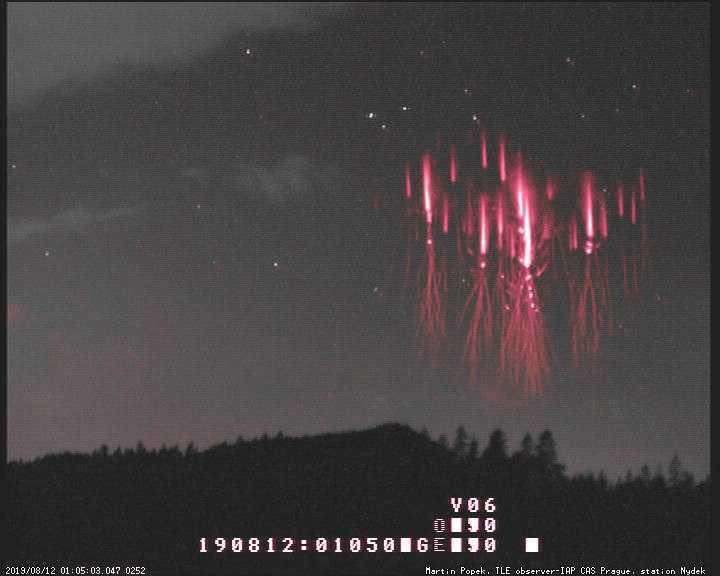
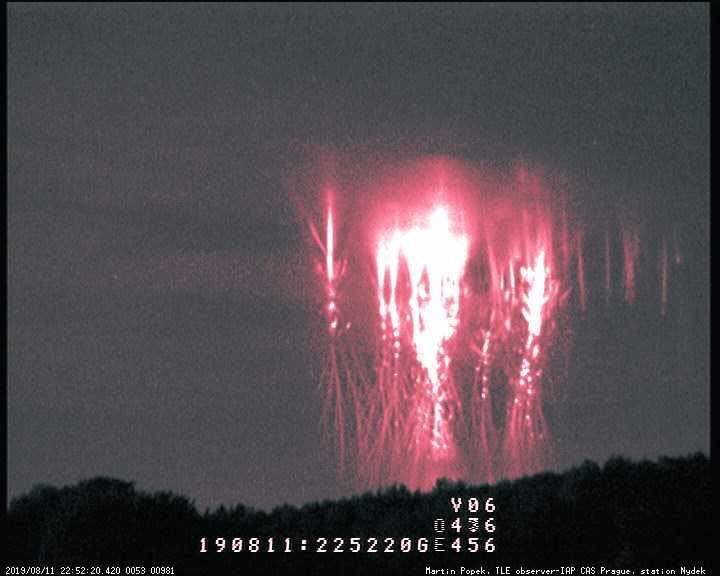



Comment: Severe Weather Europe reports another round of sightings during the night of 18/19 Aug.
See also the following reports of this increasingly frequent phenomenon (and other unusual atmospheric events) from the last few years: